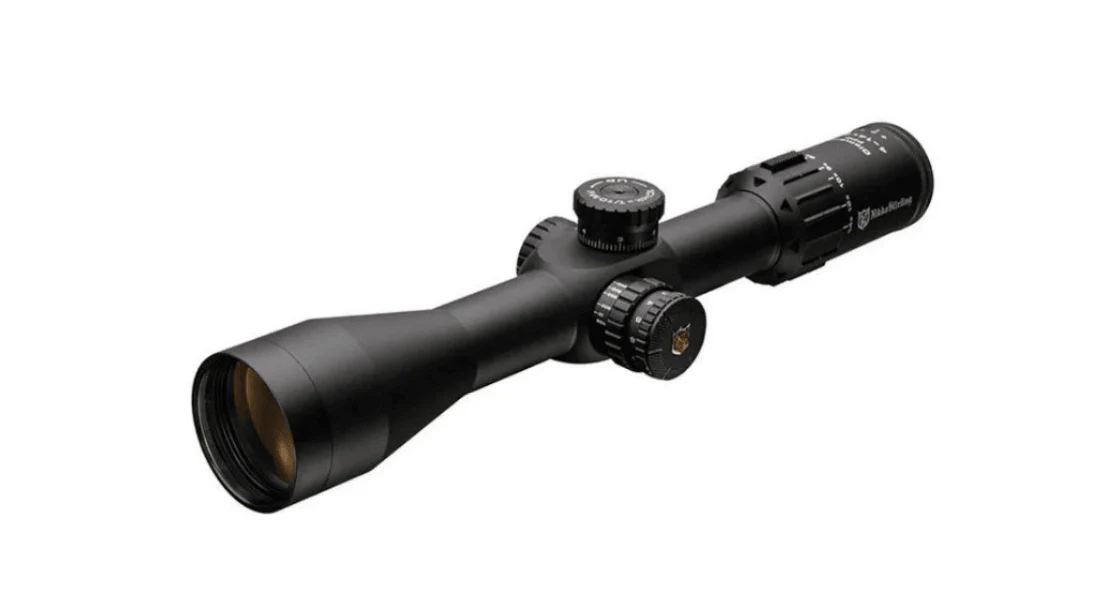
The numbers speak: how data visualization is changing market research
In the realm of market research, the transition from traditional data analysis to the incorporation of data visualization techniques marks a pivotal shift in how businesses understand and act on consumer insights. Data visualization, the graphical representation of information and data, offers an intuitive and accessible way to see and understand trends, outliers, and patterns in data. This blog post explores the transformative impact of data visualization on market research, highlighting the less-discussed nuances and statistics that underscore its growing significance.
Enhancing comprehension and engagement
Data visualization transcends the limitations of complex data sets and spreadsheets, enabling market researchers to present information in a more engaging and understandable format. According to the visual teaching alliance, the human brain processes visual information 60,000 times faster than text, which means visual data can significantly expedite the decision-making process. Incorporating infographics, heat maps, and interactive dashboards into market research presentations not only enhances comprehension but also increases stakeholder engagement with the findings.
Accelerating insights and decisions
The real-time nature of modern data visualization tools allows businesses to quickly identify market trends, consumer preferences, and potential areas of concern. A survey by aberdeen group found that organizations using visual data discovery tools are 28% more likely to find timely insights compared to those that do not. This speed in gaining insights facilitates faster decision-making, enabling companies to adapt their strategies in line with emerging market dynamics.
Bridging the gap between data scientists and decision makers
One of the more subtle yet significant impacts of data visualization is its ability to democratize data analysis, bridging the gap between data scientists and decision-makers. By presenting data in a more accessible format, visualization tools help ensure that insights are not lost in translation between technical analysts and business leaders. This democratization fosters a more collaborative environment, where insights and implications are more readily understood and acted upon across different levels of the organization.
Facilitating predictive analytics and forecasting
Data visualization is not just about understanding the present; it’s also a powerful tool for forecasting future trends. Advanced visualization tools incorporate predictive analytics capabilities, allowing market researchers to model and forecast future consumer behaviors based on historical data. According to statista, the global predictive analytics market is expected to grow to $10.95 billion by 2022, highlighting the increasing reliance on forward-looking insights to drive business strategy.
Enhancing consumer storytelling
Beyond graphs and charts, data visualization enables researchers to tell compelling stories about consumer behavior, preferences, and experiences. Storytelling techniques, supported by visual data, can provide a more holistic view of the consumer journey, highlighting the emotional and psychological factors that influence purchasing decisions. This approach not only enriches the market research narrative but also makes it more relatable and actionable for businesses looking to deepen consumer connections.
Overcoming challenges and ethical considerations
Despite its advantages, the shift towards data visualization in market research presents challenges, including the potential for misinterpretation of visual data and concerns over data privacy and ethics. Ensuring accuracy in visual representation and adhering to stringent data protection regulations are essential to maintaining the integrity and credibility of visualized market research.
Conclusion
Data visualization is revolutionizing market research, transforming data into a dynamic, interactive, and accessible format that enhances decision-making and strategic planning. By leveraging the power of visual data, businesses can gain deeper insights, respond more rapidly to market changes, and foster a more data-informed culture. As this trend continues to evolve, the role of data visualization in market research will only grow in importance, marking a new era of data-driven business intelligence.



